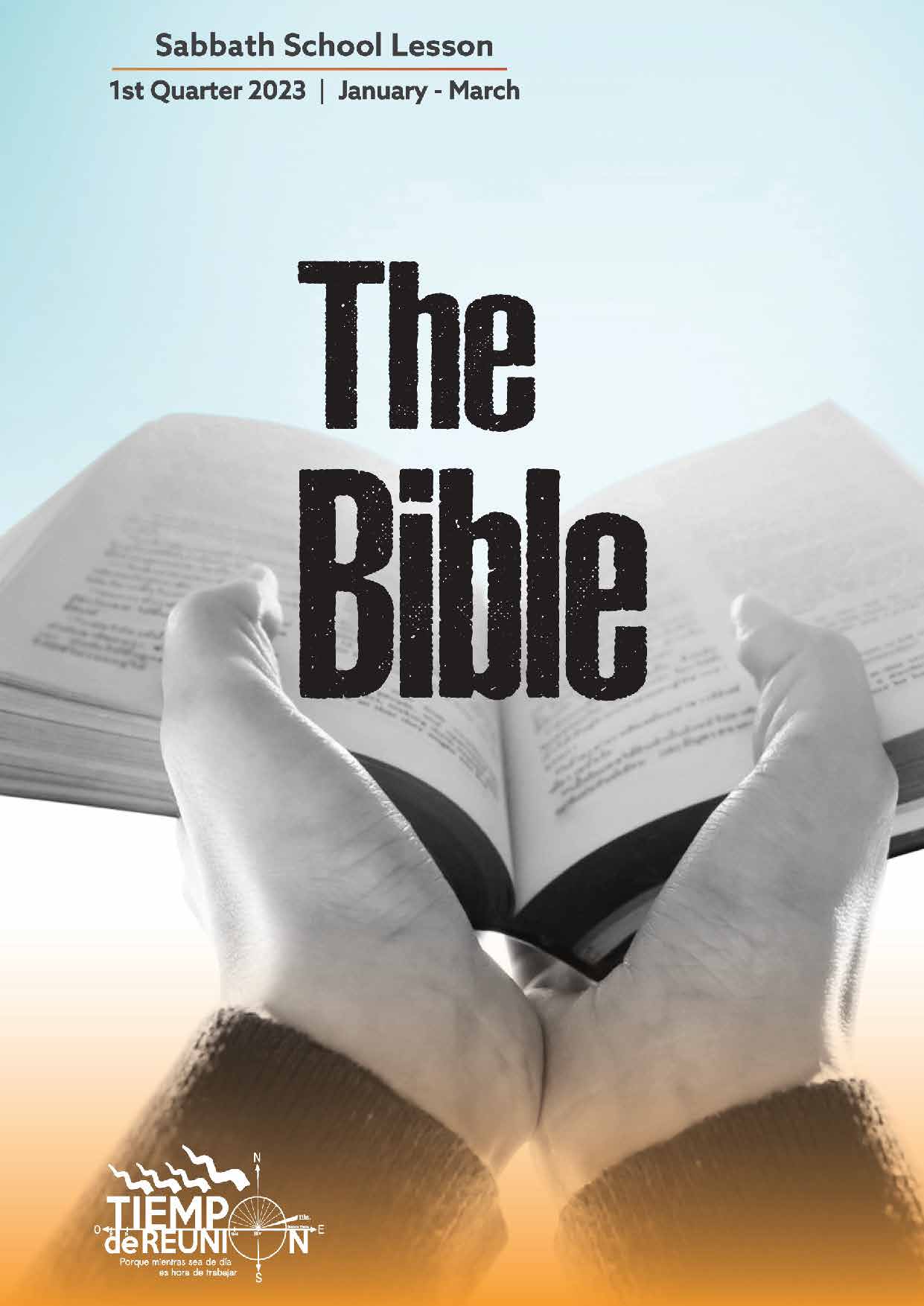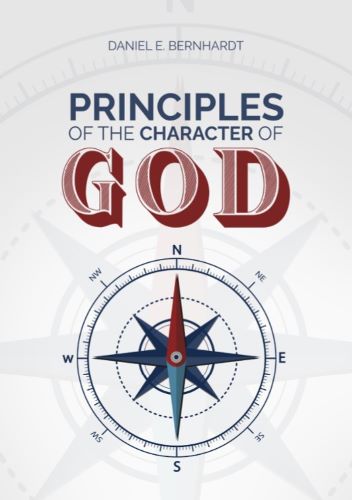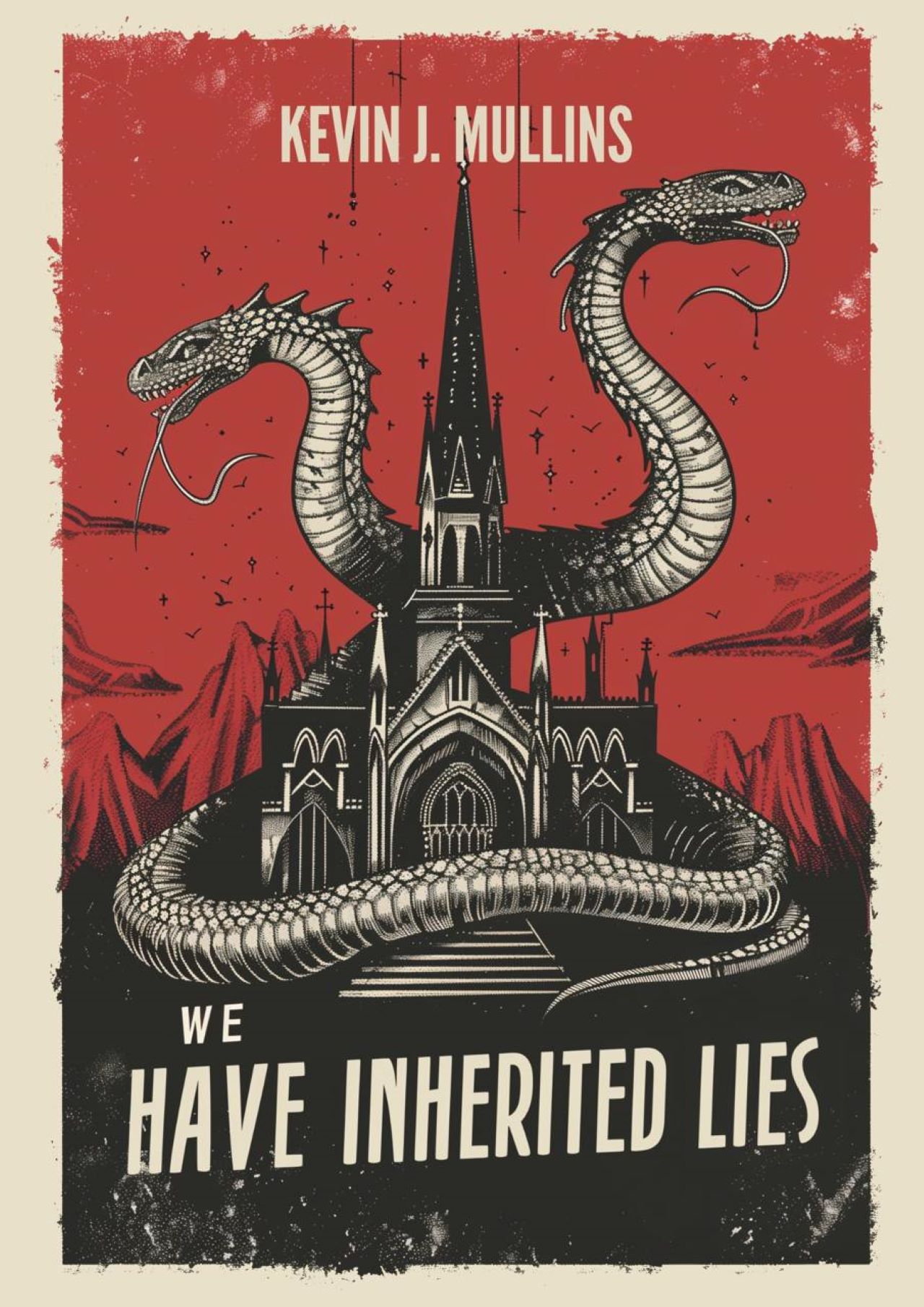Testimony of S.N Haskell

Elder Stephen N. Haskell
1833-1922 (89)
“Stephen Haskell was an evangelist and administrator. He began preaching for the non-Sabbatarian Adventists in New England in 1853, and later the same year began to observe the Sabbath. After self-supporting work in New England, in 1870 he was ordained and became president of the New England Conference (1870-1876, 1877-1887).
In 1870 he organized the first conference Tract and Missionary Society and subsequently organized similar societies in various parts of the Eastern United States.He was three times president of the California Conference (1879-1887, 1891-1894, and 1908-1911) and also of the Maine Conference (1884-1886).
In 1885 he was in charge of a group that was sent to open denominational work in Australia and New Zealand. In 1887, with three Bible instructors he began SDA work in London, England. He made a world tour on behalf of missionary work in 1889-1890, visiting Western Europe, Southern Africa, India, China, Japan, and Australia.
Another of Haskell's "firsts" was the organization of the first SDA church of African Americans in New York City (1902). He led in temperance work in Maine (1911), began printing books for the blind (1912), and assisted in the development of the White Memorial Hospital (1916). His written works include The Story of Daniel the Prophet, The Story of the Seer of Patmos, and The Cross and Its Shadow.” {Source: SDA Encyclopaedia} {Vol. 7, No. 2 of "Lest We Forget" features Stephen N. Haskell.}
Comments on the Godhead by S.N. Haskell
“When the time passed in 1844, there were none who believed the truth as we now hold it. All believed the prophecies that brought us to that time. Then began a greater searching of the Bible than had ever been, probably, at any time since the days of the apostles. They went over and over the old arguments concerning the prophecies that pointed to 1844, and after most thorough examination they could see no other conclusion than that the prophetic periods terminated at that time. As they studied, they began to see one link of truth after another; and as these truths unfolded to the pioneers, -- I have reference to such men as Elders James White, J. N. Andrews, Uriah Smith, and J. H. Wagoner, -- they did not dare present that truth to the people until they had made it a special subject of prayer and the Spirit of prophecy had set its seal to it.” {S. N. Haskell, Review and Herald, October 27, 1904}
“The rainbow in the clouds is but a symbol of the rainbow which has encircled the throne from eternity. Back in the ages, which finite mind cannot fathom, the Father and Son were alone in the universe. Christ was the first begotten of the Father, and to Him Jehovah made known the divine plan of Creation. The plan of the creation of worlds was unfolded, together with the order of beings which should people them. Angels, as representatives of one order, would be ministers of the God of the universe. The creation of our own little world was included in the deep-laid plans. The fall of Lucifer was foreseen; likewise the possibility of the introduction of sin, which would mar the perfection of the divine handiwork. It was then, in those early councils, that Christ’s heart of love was touched; and the only begotten Son pledged His life to redeem man,should he yield and fall. Father and Son, surrounded by impenetrable glory, clasped hands. … and the everlasting covenant was made; and henceforth Father and Son, with one mind, worked together to complete the work of creation. Sacrifice of self for the good of others was the foundation of it all.” {S. N. Haskell, The Story of the Seer of Patmos, pp. 93, 94. 1905}
“Before the creation of our world, “there was war in heaven.” Christ and the Father covenanted together; and Lucifer, the covering cherub, grew jealous because he was not admitted into the eternal councils of the Two who sat upon the throne.” {S. N. Haskell, The Story of the Seer of Patmos, p. 217. 1905}
“Christ was the firstborn in heaven; He was likewise the firstborn of God upon earth, and heir to the Father’s throne. Christ, the firstborn, though the Son of God, was clothed in humanity, and was made perfect through suffering. He took the form of man, and through eternity, He will remain a man.” {S. N. Haskell, The Story of the Seer of Patmos, pp. 98, 99. 1905}





